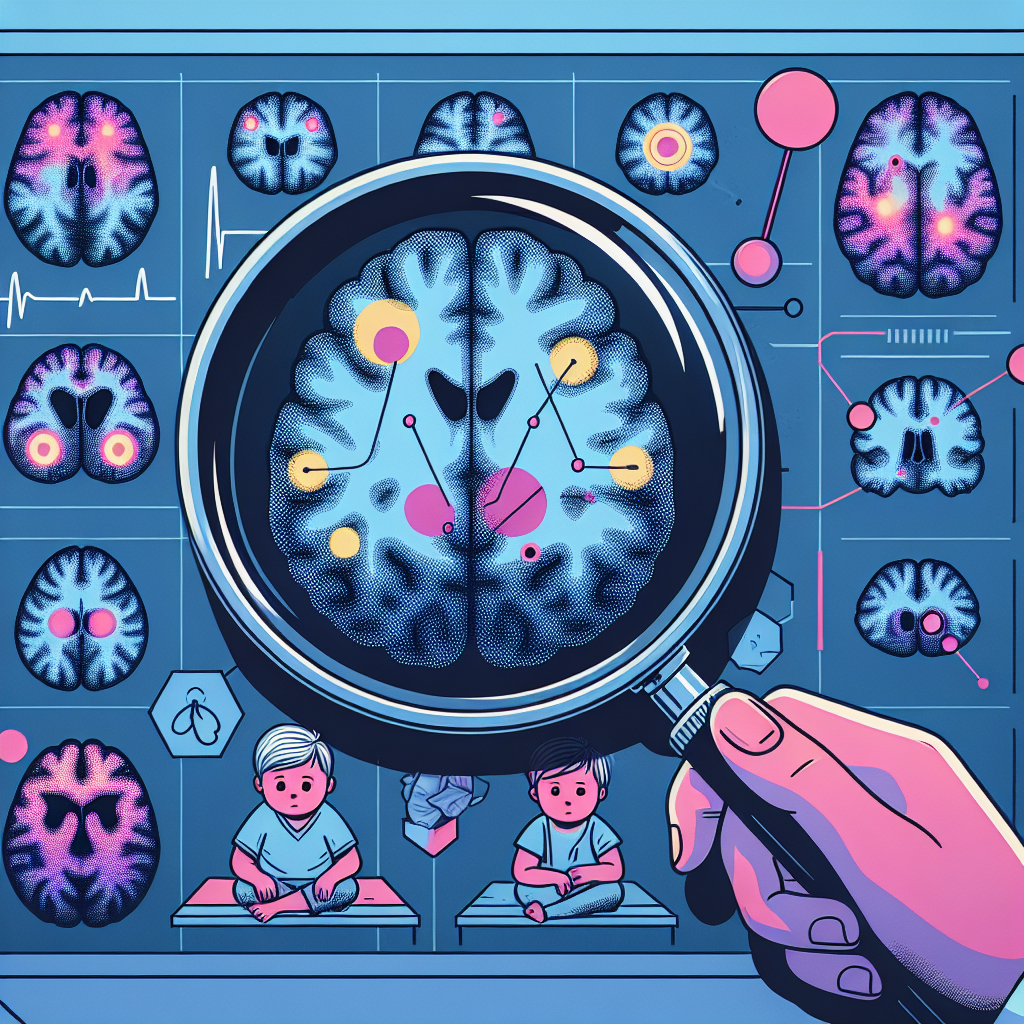
An innovative artificial intelligence (AI) tool, recently developed by Australian researchers, is paving the way for quicker and more accurate diagnoses for children suffering from epilepsy. This critical advancement in the medical field addresses a longstanding challenge: detecting tiny, often elusive brain lesions that traditional imaging methods frequently overlook. The breakthrough was announced on a Wednesday, with researchers highlighting its potential to significantly improve patient outcomes.
Epilepsy can arise from various causes, with structural abnormalities in the brain accountable for about one in three cases, according to medical experts. These abnormalities are often not visible on standard MRI scans, particularly the smallest lesions that may be hidden within the folds of the brain. The researchers have taken a significant step towards overcoming this limitation, stating that their AI tool can detect lesions the size of a blueberry or smaller—something that has been a crucial barrier for surgical intervention.
At the helm of the research is Emma Macdonald-Laurs, a pediatric neurologist from the Royal Children’s Hospital in Melbourne. She emphasizes that this AI tool does not intend to replace the expertise of radiologists and neurologists. Instead, it acts as an adjunctive aid, likening its function to that of a detective—helping healthcare professionals to piece together the complex puzzle of diagnosis more efficiently. This advancement aims to help many children who have previously been overlooked as surgical candidates due to missed abnormalities in their brain scans.
The study reported impressive outcomes from a cohort of patients suffering from conditions like cortical dysplasia and focal epilepsy. Notably, around 80 percent of these children had previously been labeled as having normal MRI scans. However, when the AI tool was applied to analyze both MRI and PET scans, it demonstrated a remarkable success rate: 94 percent in one test group and 91 percent in another. Among the 17 children in the first group, 12 underwent surgical procedures to remove their brain lesions, resulting in 11 children achieving freedom from seizures post-operation.
Macdonald-Laurs’ team, associated with the Murdoch Children’s Research Institute, expressed optimism regarding the further application of this technology. Their next step will involve testing the AI detector in real-world hospital settings on patients who are yet to receive any diagnosis. This transition from a controlled research environment to practical application will help validate the tool’s efficacy in everyday medical practice.
The implications of this technology are profound, especially considering that epilepsy affects approximately one in 200 children, with about one-third of these cases proving resistant to standard drug treatments. The growing success of AI in diagnostics, such as this tool, represents a compelling shift towards more intelligent, data-driven approaches in healthcare. Experts like Konrad Wagstyl, a biomedical computing specialist at King’s College London, applaud this research as a promising proof of concept, noting the “really impressive” results yielded.
Interestingly, this AI initiative is part of a larger trend wherein machine learning algorithms are deployed to interpret medical imaging data. Similar studies, including work accomplished by Wagstyl’s team, noted that AI systems successfully identified 64 percent of epilepsy-related brain lesions that had previously gone undiagnosed by human radiologists. It is evident that AI is not only augmenting diagnostic capabilities but is reshaping the very framework of medical imaging.
Despite its advantages, the study does note a few caveats. The use of PET scans, while beneficial, comes with concerns regarding cost-effectiveness and the degree of radiation exposure, similar to that of CT scans or X-rays. The researchers urge caution and recommend further exploration into more accessible imaging technologies. As the field continues to evolve, the potential for similar AI tools could herald a new era of healthcare where early diagnosis and intervention become more routine, ultimately leading to better health outcomes for children suffering from epilepsy and beyond.

Leave a Reply